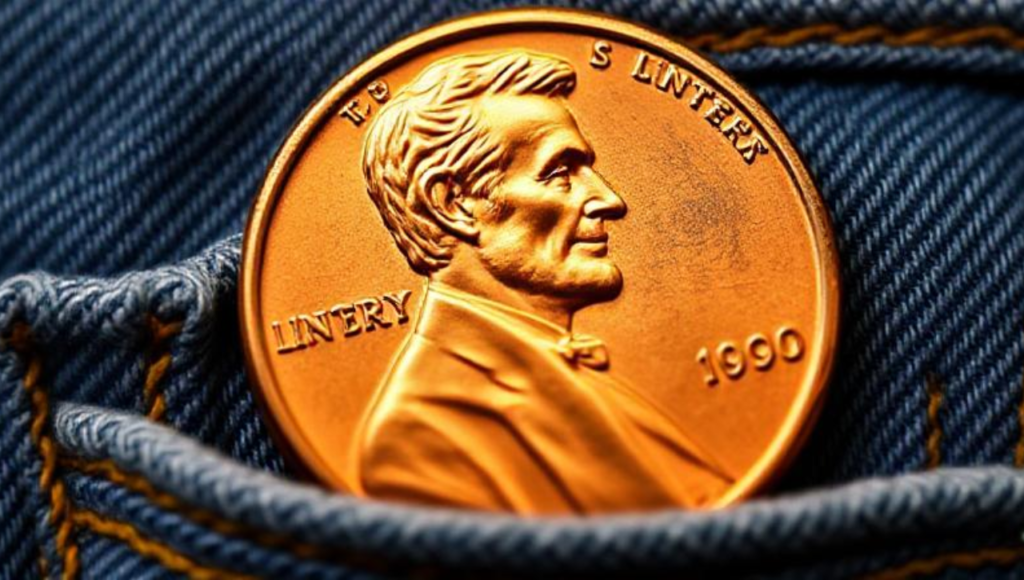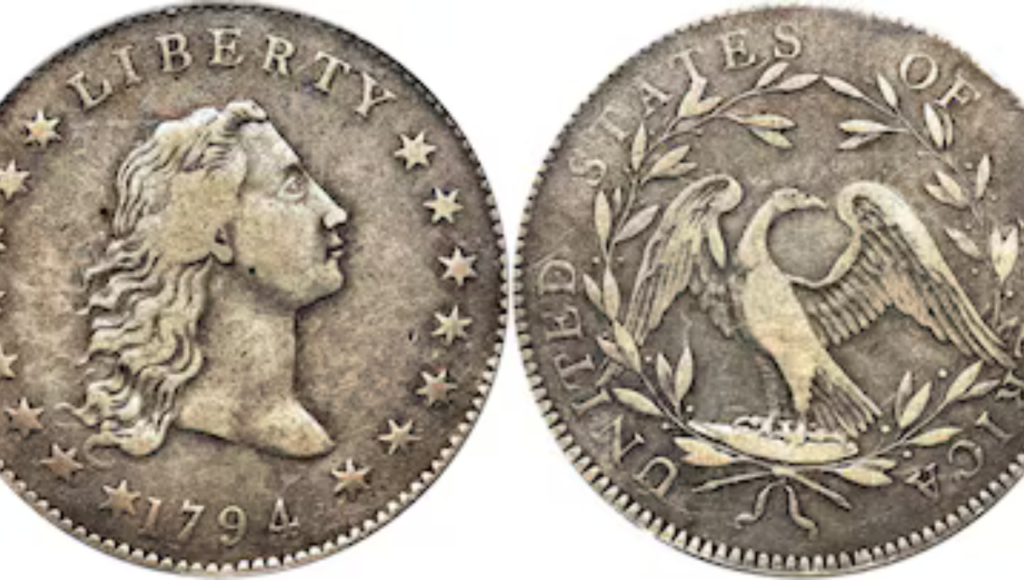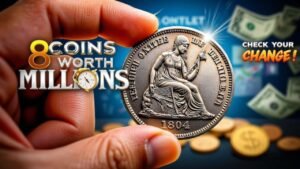Imagine reaching into your pocket for some spare change and pulling out a $1 coin—only to discover it’s worth a staggering $95 million. Sounds like a dream? For some coin collectors and lucky individuals, this fantasy is not far from reality. Rare coins have long fascinated the public and collectors alike, often fetching astonishing sums due to their historical significance, minting errors, or sheer rarity. Among these, the elusive $1 coin rumored to be worth $95 million is making headlines and sparking a treasure hunt across the nation.
The Story Behind the $95 Million Coin

This particular coin is said to be a misprinted or error coin, making it extraordinarily rare. While the details may vary, most numismatists agree that a coin of such high value would likely stem from a major U.S. minting anomaly. It might be a prototype, a coin with a double die error, or a transitional design never meant for circulation. These types of mistakes are incredibly scarce and are often removed before public release—except for the few that slip through the cracks.
One popular candidate for such high value is the 2000 Sacagawea dollar coin mistakenly struck on a 1999 Susan B. Anthony dollar planchet. Only a few of these rare transition error coins exist, and they have already sold for thousands at auctions. Now, imagine a similarly rare coin that not only carries an error but also features an unmatched level of preservation and provenance. That’s the kind of coin that could fetch a $95 million price tag among elite collectors.
What Makes a Coin So Valuable?

Several factors can drive a coin’s value into the millions:
- Rarity: The fewer coins in existence, the more collectors are willing to pay.
- Mint Errors: Double strikes, off-center prints, and wrong planchets are all highly prized.
- Historical Relevance: Coins tied to significant historical events or figures often hold increased value.
- Condition: Coins graded as “mint state” or “proof” can skyrocket in price.
- Demand: When collectors compete for ownership, prices naturally soar.
The $95 million dollar coin likely checks all these boxes, making it a true unicorn in the world of numismatics.
Could You Have It?
The million-dollar question—or rather, the $95 million one—is: Could this treasure be hiding in your pocket or coin jar? While the odds are slim, they’re not zero. Rare coins have been found in everyday circulation before. The 1943 copper penny and the 1955 double die penny were both regular-issue coins that now sell for thousands, and even millions, if in pristine condition.

If you come across a $1 coin that looks unusual—maybe the engraving seems off, the date looks strange, or it has a different color or weight—it’s worth having it appraised by a reputable coin dealer or sending it for professional grading.
Final Thoughts
While the $95 million valuation might sound extreme, the world of rare coins is full of surprises. Who knows? The next time you check under your car seat or empty out your wallet, you might just discover a piece of history—and possibly a life-changing fortune. Don’t underestimate the power of pocket change.
FAQs
Q.What makes the $1 coin worth $95 million?
A: Its extreme rarity, possible minting error, historical significance, and pristine condition make it highly valuable to collectors.
Q.How can I tell if I have this rare $1 coin?
A: Look for unusual features like misprints, off-center designs, or incorrect metal. If it looks odd, get it appraised by a professional.
Q.Is the $95 million coin still in circulation?
A: It’s possible. Rare coins have slipped into circulation before, so checking your loose change is always worth it.
Q.What should I do if I find a rare-looking coin?
A: Avoid cleaning it and contact a certified coin appraiser or grading service for evaluation.


